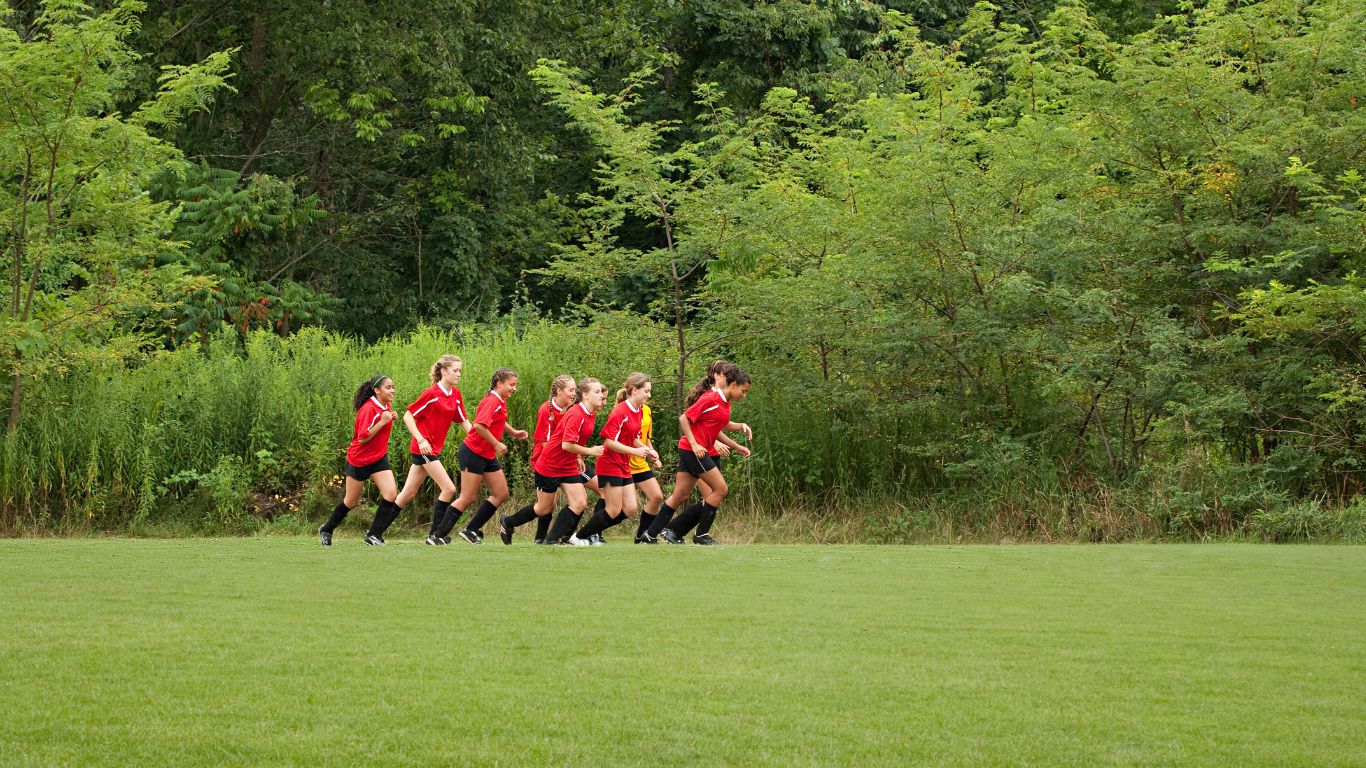A sport can be defined as any activity involving physical exertion and skill, where individuals or teams compete against each other following a set of rules, usually aiming to score points or achieve victory. Critical aspects of a sport include:
- Physical Activity: Participation involves physical movement, whether running, jumping, throwing, or striking.
- Competition: Involves competition between individuals or teams to determine a winner.
- Rules and Regulations: Govern the activity, ensuring fair play and safety for all participants.
- Skill and Strategy: Success in the activity depends on the participant’s skill, technique, and strategic decision-making.
- Institutionalized: Typically, sports have organized leagues, competitions, and official governing bodies.
- Health and Fitness: Often associated with physical health benefits, promoting fitness, coordination, and wellbeing.
Bowling fits many of these criteria, but let’s delve deeper into how it measures up as a sport.
History of Bowling as a Competitive Activity

Bowling has a rich history dating back to ancient civilizations, with evidence of similar games found in Egyptian tombs and Roman ruins. Modern bowling, however, took shape in the 19th century, particularly in Europe and North America. The first standardized rules for ten-pin bowling were established in the United States in 1895 with the formation of the American Bowling Congress (ABC). Since then, bowling has grown into a globally recognized activity with competitive leagues and tournaments at various levels.
Physical Demands and Skills Required
Physical Activity
Bowling involves significant physical movement, particularly in the upper body and legs. The approach and delivery of the ball require coordination, balance, and strength, especially when handling heavier balls.
Skill and Strategy
Success in bowling hinges on the player’s skill and technique. Factors such as grip, stance, swing, and release are crucial for achieving high scores. Additionally, strategic decision-making regarding pin placement and ball selection is essential for navigating different lane conditions and achieving strikes and spares.
Competitive Leagues and Tournaments

Bowling is institutionalized with organized leagues, competitions, and official local, national, and international governing bodies. The Professional Bowlers Association (PBA) and the International Bowling Federation (IBF) govern professional and amateur competitions. Major tournaments like the PBA Tour and the World Bowling Championships showcase top talent and emphasize the competitive nature of the sport.
Comparison to Other Recognized Sports
Similarities
- Golf: Both sports involve precision, strategy, and skill in aiming to achieve a specific goal (such as knocking down pins or sinking a putt).
- Billiards/Pool: Like bowling, billiards requires executing a physical action (rolling a ball or shooting a cue) with a competitive aim of scoring points through accuracy and strategy.
- Archery: Bowling shares characteristics with archery, where control and technique are crucial for success.
Differences
- High-Impact Sports: Unlike high-aerobic sports such as soccer or basketball, bowling is a low-impact, skill-based activity. While it may not demand cardiovascular endurance, it requires physical fitness, coordination, and mental acuity.
Arguments For and Against Bowling as a Sport
For
- Physical Activity: Bowling involves physical exertion, particularly repetitive actions requiring strength and precision.
- Competition: Players or teams compete directly, aiming for the highest score.
- Skill and Strategy: High skill levels and strategic planning are necessary for success.
- Institutionalization: With formal leagues and governing bodies, bowling has a structured competitive framework.
- Health Benefits: Regular participation in bowling can improve coordination, muscle tone, and general fitness.
Against
- Perceived Intensity: Some may argue that the level of physical exertion in bowling is lower compared to high-impact sports.
- Casual Perception: Bowling is often viewed as a recreational rather than a competitive sport, which can detract from its recognition in the sporting community.
FAQs

Q: Is bowling considered a sport or a pastime?
A: While bowling is often enjoyed as a recreational activity, it meets many critical criteria of a sport, such as involving physical activity, skill, competition, and having organized leagues and tournaments. Therefore, it can be considered both a sport and a pastime, depending on the context of participation.
Q: Do professional bowlers need to be physically fit?
A: Yes, professional bowlers need to maintain a good level of physical fitness. The sport requires strength, particularly in the upper body and legs, as well as coordination, balance, and endurance to perform well throughout multiple games.
Q: What are the major governing bodies for competitive bowling?
A: The Professional Bowlers Association (PBA) is responsible for professional competitions, while the International Bowling Federation (IBF) oversees amateur bowling competitions. These organizations set official bowling events’ rules, standards, and guidelines.
Q: How is skill developed in bowling?
A: Skill in bowling is developed through consistent practice and attention to fundamentals such as grip, stance, swing, and release. Additionally, understanding lane conditions and strategically selecting bowling balls are essential for improving performance.
Q: Are there health benefits to bowling?
A: Yes, bowling can offer several health benefits, including improved coordination, muscle tone, and general fitness. Although it is a low-impact activity, the repetitive movements can help foster physical wellbeing.
Q: How does scoring work in bowling?
A: In bowling, scoring is accumulated over ten frames. Each frame allows up to two attempts to knock down all ten pins, with strikes (knocking down all pins on the first attempt) and spares (knocking down the remaining pins on the second attempt) contributing to the overall score. The game’s scoring system rewards consecutive strikes, making skill and precision important for high scores.
Q: Can bowling be played competitively at any age?
A: Yes, bowling is a versatile sport that individuals of all ages can compete in. Many leagues and tournaments are organized for different age groups and skill levels, ensuring that everyone, from young children to seniors, can participate and enjoy the competitive aspects of the game.
Conclusion: Bowling as a Legitimate Sport Option
Bowling undeniably meets many of the criteria that define a sport. Its rich history and the physical skill and strategic depth required for success underscore its legitimacy as a competitive activity. The presence of organized leagues and governing bodies further cements its status within the sporting world. While it might differ in intensity from high-impact sports, bowling’s emphasis on precision, skill, and strategy places it firmly within legitimate sports. For those who appreciate the blend of physical exertion and mental acuity, bowling offers a rewarding and competitive athletic pursuit.









